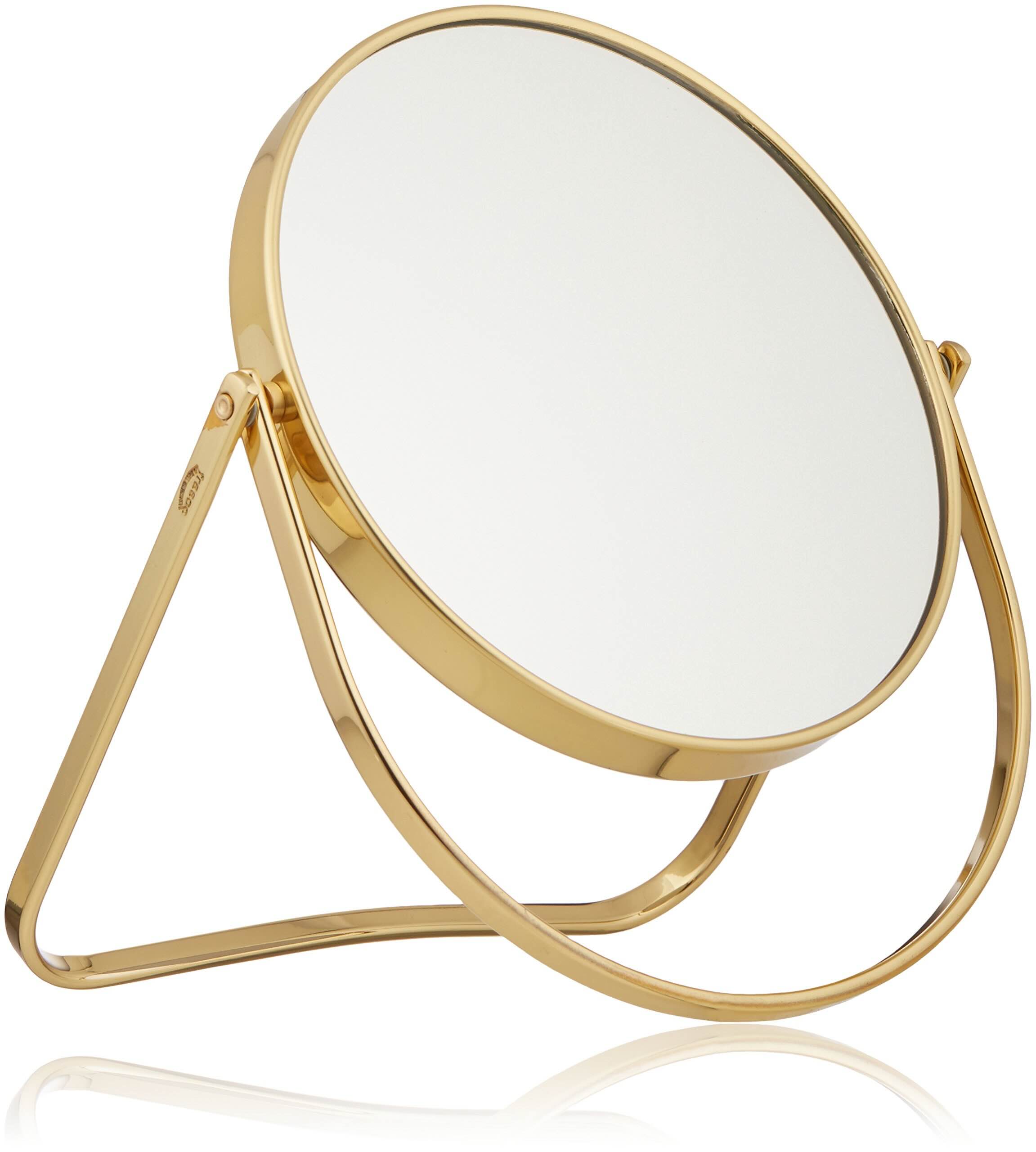

Articles
How To Check For Double Sided Mirrors
Modified: December 7, 2023
Learn how to check for double sided mirrors with our informative articles. Discover the signs to look out for and ensure your privacy is protected.
(Many of the links in this article redirect to a specific reviewed product. Your purchase of these products through affiliate links helps to generate commission for Storables.com, at no extra cost. Learn more)
Introduction:
Double-sided mirrors, also known as two-way mirrors or one-way mirrors, can be deceptively tricky to detect. These types of mirrors are designed to reflect light on one side while allowing the other side to remain transparent. They are commonly used in some buildings for surveillance purposes or as a security measure.
Being able to identify a double-sided mirror can be crucial in maintaining privacy and ensuring your personal space is secure. In this article, we will explore several methods that can help you determine whether a mirror is double-sided or not.
Remember that double-sided mirrors may not always be used with malicious intent. They can also be found in lawful settings like observation rooms or in some theatrical productions. However, if you suspect that a double-sided mirror is being used inappropriately, it’s important to be able to recognize it.
Before we dive into the methods of checking for double-sided mirrors, it’s essential to understand that these methods are not foolproof. They are merely tools to aid in your investigation. If you have any concerns about privacy or safety, it’s always best to seek professional assistance or authorities.
With that in mind, let’s explore some effective ways to identify whether a mirror is double-sided or not.
Key Takeaways:
- Identifying double-sided mirrors requires a combination of methods like the Finger Tap, Fingernail Test, and Camera Test. These tools can aid in recognizing potential privacy threats, but caution and professional assistance are always recommended.
- Maintaining privacy and security involves staying vigilant and trusting your instincts. By using methods like the Reflection Test and Room Test, individuals can enhance their ability to detect double-sided mirrors and protect their personal space.
Read more: What Is A Double-Sided Mattress
Method 1: The Finger Tap Method:
The Finger Tap Method is one of the simplest and quickest ways to check for a double-sided mirror. Here’s how you can perform this test:
- Step 1: Approach the mirror and lightly tap your finger on its surface. Pay attention to the sound it produces.
- Step 2: If the mirror produces a dull thud sound, it is most likely a regular mirror. Regular mirrors are made of a solid glass panel, and the sound is absorbed by the glass.
- Step 3: On the other hand, if the mirror produces a hollow or metallic sound, it suggests that it might be a double-sided mirror. Double-sided mirrors have a layer of reflective material, like a thin film or coating, which can create a distinct sound when tapped.
It’s important to note that not all double-sided mirrors will produce a metallic sound. Some mirrors may be coated with a material that dampens the sound, making it harder to detect. Therefore, it is advisable to use this method in conjunction with other tests for a more accurate assessment.
This method is quick and can be done discreetly. It can help you narrow down the possibility of a mirror being double-sided, but it is not definitive proof. Let’s explore another method to further confirm your suspicions.
Method 2: The Fingernail Test:
The Fingernail Test is another method you can use to check for a double-sided mirror. It involves lightly scratching the mirror’s surface with your fingernail. Follow these steps to perform this test:
- Step 1: Choose a small, inconspicuous area on the mirror’s surface to perform the test.
- Step 2: Gently scratch the surface of the mirror with your fingernail.
- Step 3: Observe the scratch marks.
If the scratch marks appear on the surface of the mirror, it is likely a regular mirror. Regular mirrors have a solid glass panel that will show visible scratch marks. On the other hand, if the scratch marks seem to disappear or are barely visible, it indicates the possibility of a double-sided mirror. Double-sided mirrors often have a thin layer of reflective material that can hide or minimize scratch marks.
Keep in mind that this method can leave temporary marks on the mirror’s surface, so use it with caution and only in inconspicuous areas. If you are uncertain about the mirror type, it is advisable to seek professional assistance or use additional methods for verification.
Now that you have tried the Finger Tap Method and the Fingernail Test, let’s move on to another method that relies on visual inspection.
Method 3: The Reflection Test:
The Reflection Test is a method that involves examining the reflection on the mirror’s surface. Follow these steps to conduct the reflection test:
- Step 1: Stand in front of the mirror and observe the reflection of the room.
- Step 2: Dim the lights in the room or use a flashlight to create a contrast between the reflection and the room itself.
- Step 3: Observe the reflection closely. If the reflection is significantly darker than the actual room, it may indicate the presence of a double-sided mirror.
Double-sided mirrors are designed to reflect light on one side while the other side allows visibility through. This difference in light transmission can result in a darker reflection compared to a regular mirror.
Keep in mind that other factors, such as lighting conditions and the cleanliness of the mirror, can also affect the quality and brightness of the reflection. Therefore, it is important to interpret the results of this test cautiously and use it in combination with other methods for a more accurate assessment.
Now that we have explored the Finger Tap Method, the Fingernail Test, and the Reflection Test, let’s move on to another method that involves examining the behavior of light on the mirror’s surface – The Light Test.
Method 4: The Light Test:
The Light Test is a method that involves observing how light behaves on the surface of the mirror. Follow these steps to perform the Light Test:
- Step 1: Position yourself in front of the mirror.
- Step 2: Use a flashlight or any other bright light source.
- Step 3: Shine the light at an angle onto the mirror’s surface.
- Step 4: Observe the behavior of the light reflection.
If the light reflection on the mirror’s surface appears evenly bright and reflects back at you, it is likely a regular mirror. Regular mirrors have a uniform surface that reflects light uniformly.
On the other hand, if you notice that the light reflection appears dimmer or less intense in certain areas, it may indicate the presence of a double-sided mirror. Double-sided mirrors typically have a reflective layer that is not as smooth or even as a regular mirror, resulting in uneven light reflection.
It is important to note that other factors, such as the cleanliness of the mirror or the angle of the light source, can also affect the behavior of light on the surface. Therefore, it is advisable to repeat this test from different angles and in different lighting conditions for a more accurate assessment.
Now that we have covered the Light Test, let’s move on to another method that involves using a magnifying glass to examine the mirror’s surface – The Magnifying Glass Test.
When checking for double-sided mirrors, place your fingertip against the mirror. If there’s a gap between your fingertip and its reflection, it’s likely a double-sided mirror.
Read more: How Much Are Side Mirrors
Method 5: The Magnifying Glass Test:
The Magnifying Glass Test is a method that involves using a magnifying glass to examine the surface of the mirror for any irregularities or inconsistencies. Follow these steps to perform the Magnifying Glass Test:
- Step 1: Obtain a magnifying glass with a reasonable level of magnification.
- Step 2: Hold the magnifying glass up to the mirror’s surface.
- Step 3: Inspect the mirror’s surface through the magnifying glass.
Pay close attention to any signs of a double-sided mirror, such as small pinprick holes, scratches, or any other irregularities. These irregularities might indicate the presence of a layer of reflective material that is not present in regular mirrors.
It is important to note that a few minor imperfections on a mirror’s surface do not necessarily mean it is a double-sided mirror. Regular mirrors can also have slight imperfections. However, if you notice a pattern or numerous irregularities, it may suggest the presence of a double-sided mirror.
Remember to conduct this test in a well-lit area to ensure better visibility of any potential irregularities.
Now that we have explored the Magnifying Glass Test, let’s move on to another method that involves observing the mirror from different angles within the room – The Room Test.
Method 6: The Room Test:
The Room Test is a method that involves observing the mirror from different angles within the room to check for any hidden compartments or suspicious reflections. Follow these steps to perform the Room Test:
- Step 1: Stand in front of the mirror and familiarize yourself with the surroundings.
- Step 2: Move around the room while observing the mirror from different angles.
- Step 3: Look for any unusual reflections, hidden compartments, or openings behind the mirror’s surface.
Pay close attention to areas behind or around the mirror that could potentially house a hidden compartment or surveillance equipment. Look for any signs of wires, cameras, or anything that seems suspicious.
If you notice any unusual reflections, such as someone observing you from a different room, it might indicate the presence of a double-sided mirror. Double-sided mirrors are often used for surveillance purposes, allowing someone to observe from one side while appearing like a regular mirror to the other room.
Keep in mind that this method requires a thorough inspection of the surroundings and may take some time. If you are unsure about your findings or suspect foul play, it is advisable to seek professional assistance to ensure your safety and privacy.
Now that we have covered the Room Test, let’s move on to our final method, which involves using a camera to detect the presence of a double-sided mirror – The Camera Test.
Method 7: The Camera Test:
The Camera Test is a method that involves using a digital camera or smartphone camera to check for the presence of a double-sided mirror. Follow these steps to perform the Camera Test:
- Step 1: Position yourself in front of the mirror.
- Step 2: Activate the camera on your device.
- Step 3: Hold the camera up to your eye level, facing the mirror.
- Step 4: Observe the reflection on the camera’s screen or viewfinder.
If the mirror is a regular mirror, the reflection on the camera’s screen or viewfinder should appear like a mirror image of yourself. However, if the mirror is double-sided, the camera may reveal a hidden room, surveillance equipment, or any other irregularity that is not visible to the naked eye.
Double-sided mirrors are designed to reflect light selectively, allowing one side to appear as a regular mirror while hiding any objects or compartments on the other side. The camera can capture this hidden information, providing you with valuable insight into the mirror’s true nature.
It’s important to note that the Camera Test may not always be foolproof, as the effectiveness can vary depending on the camera’s quality and resolution. Additionally, the result may also be affected by the lighting conditions and the angle at which you hold the camera. Therefore, it is crucial to use this method in combination with other tests for a more accurate assessment.
Now that we have explored the Camera Test, let’s summarize the methods we discussed and conclude our article.
Conclusion:
Identifying a double-sided mirror can be a challenging task, but by using a combination of methods, you can increase your chances of recognizing one. Remember, these methods are not foolproof and should be used as tools to aid in your investigation, rather than definitive proof.
The Finger Tap Method can help you distinguish between a regular mirror and a double-sided mirror based on the sound produced. The Fingernail Test allows you to observe scratch marks on the surface, indicating whether it is a regular mirror or a double-sided mirror. The Reflection Test involves comparing the brightness of the room to the reflection in the mirror. The Light Test focuses on how light behaves on the mirror’s surface. The Magnifying Glass Test allows you to closely inspect the mirror for any irregularities. The Room Test involves observing the mirror from different angles within the room for hidden compartments or suspicious reflections. Lastly, the Camera Test uses a digital camera or smartphone camera to capture hidden details that may not be visible to the naked eye.
It’s important to note that these methods should be used in combination and interpreted cautiously. If you have concerns regarding privacy or suspect the misuse of a double-sided mirror, it is always best to seek professional assistance or notify the authorities for further investigation.
By being aware of these methods and performing thorough checks, you can enhance your ability to identify double-sided mirrors, maintain privacy, and ensure your personal space remains secure.
Remember, your safety and well-being are paramount, so stay vigilant and trust your instincts when it comes to protecting your privacy.
Frequently Asked Questions about How To Check For Double Sided Mirrors
Was this page helpful?
At Storables.com, we guarantee accurate and reliable information. Our content, validated by Expert Board Contributors, is crafted following stringent Editorial Policies. We're committed to providing you with well-researched, expert-backed insights for all your informational needs.
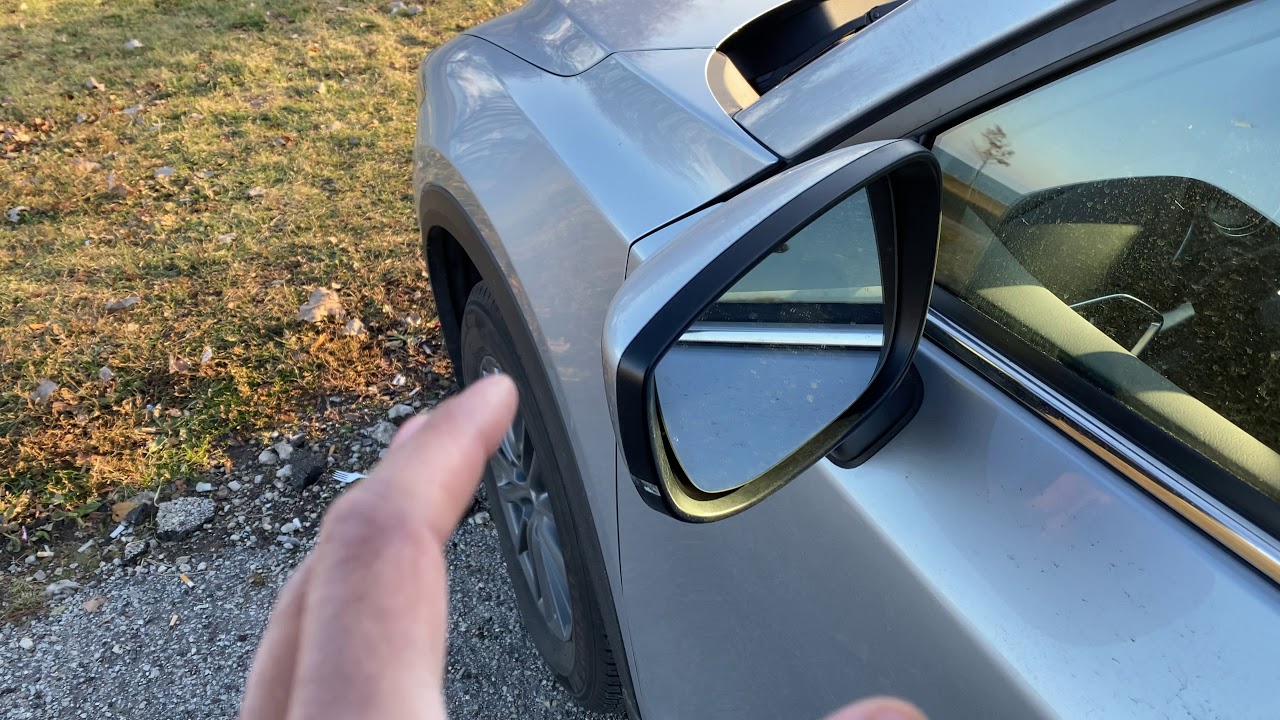
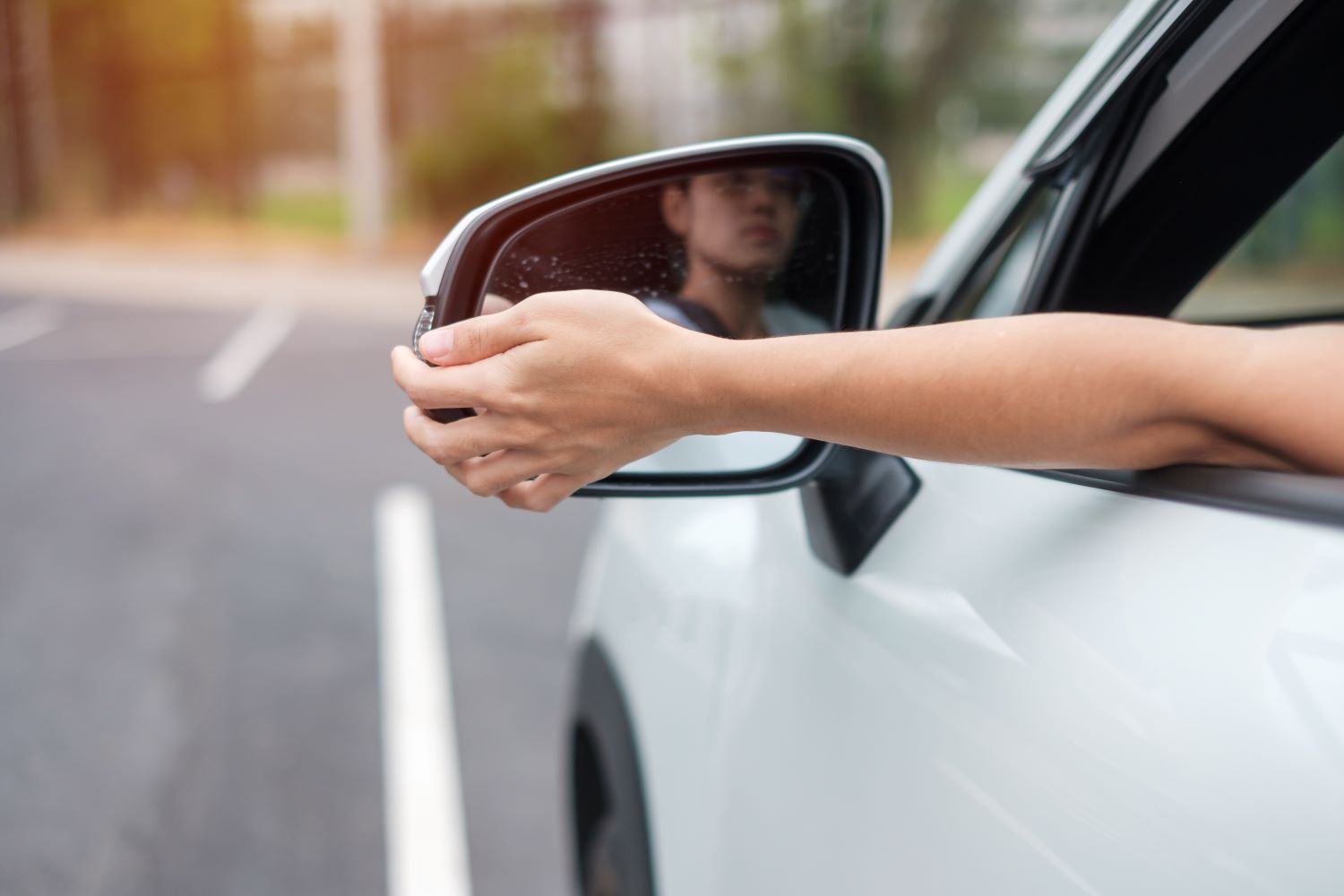
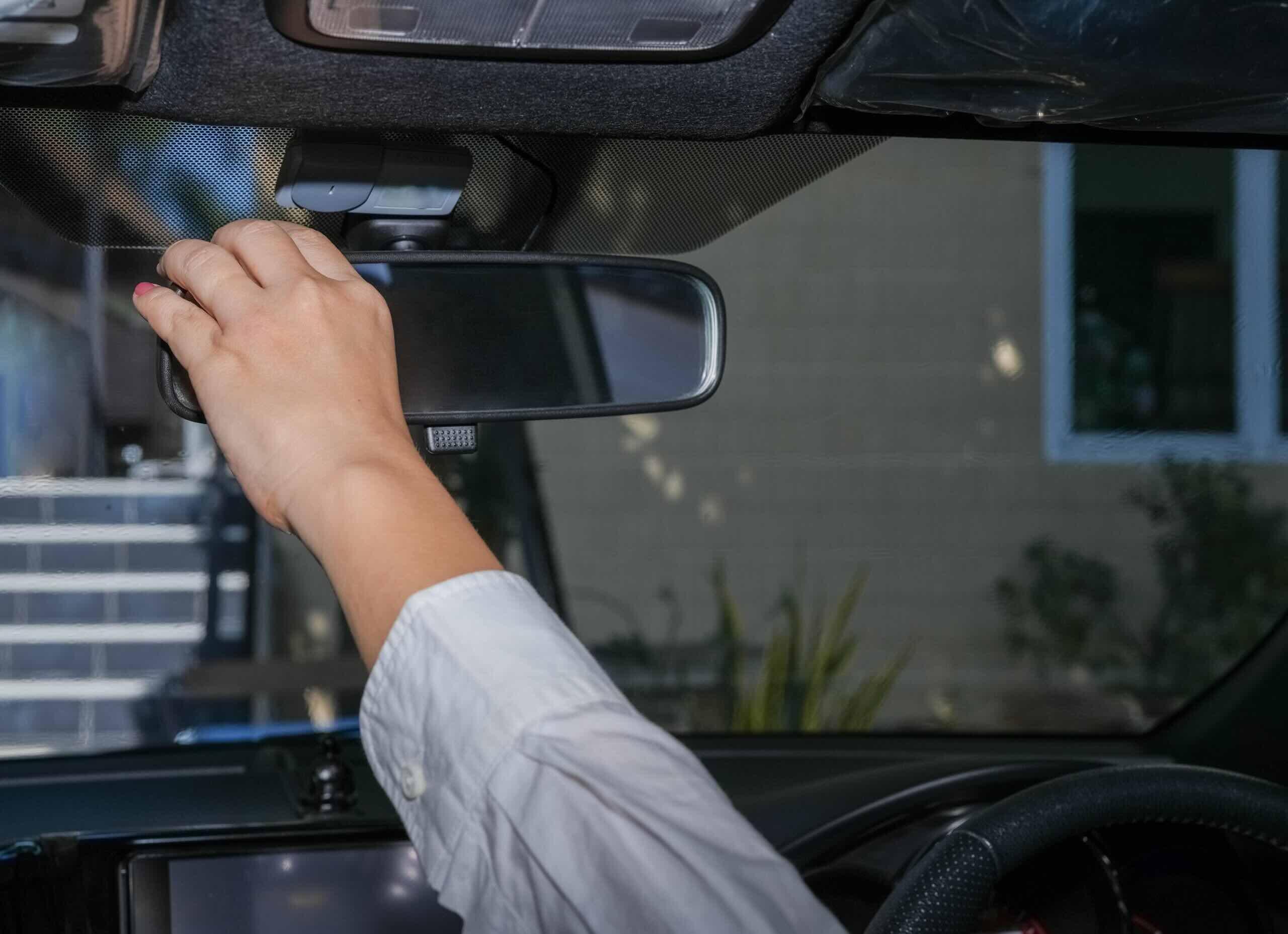
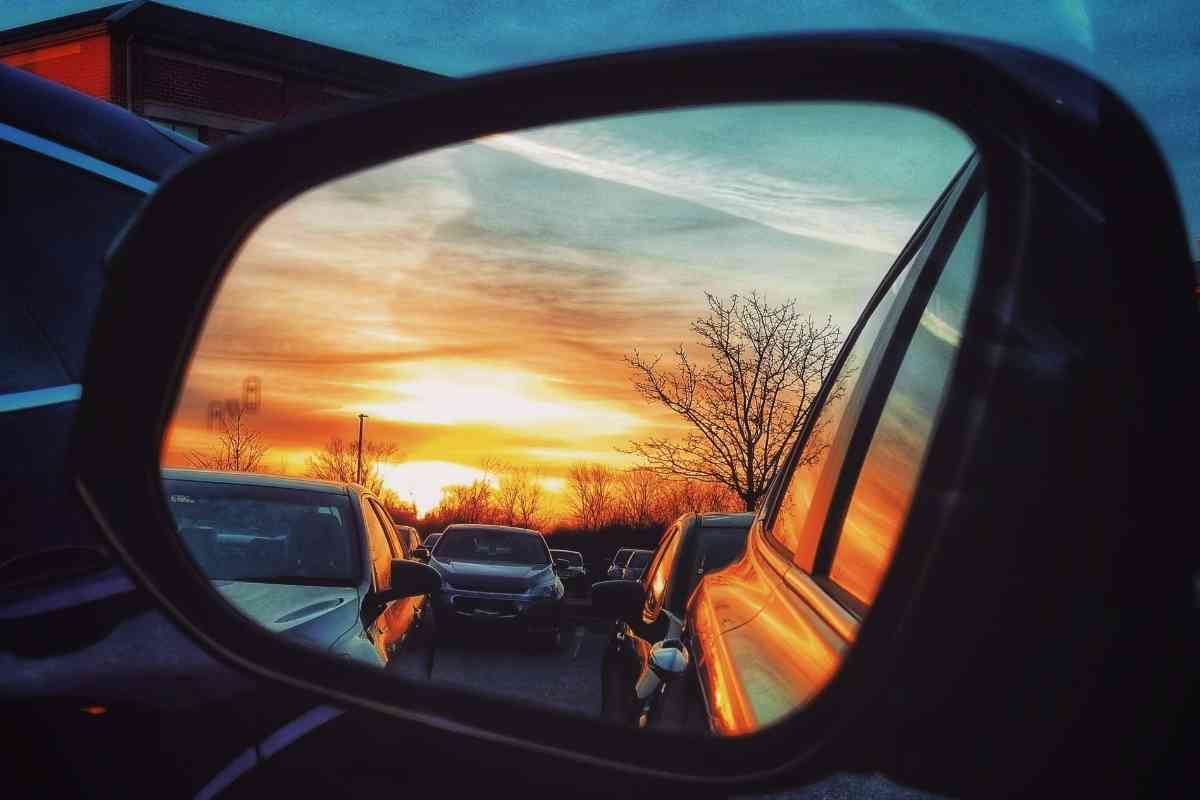
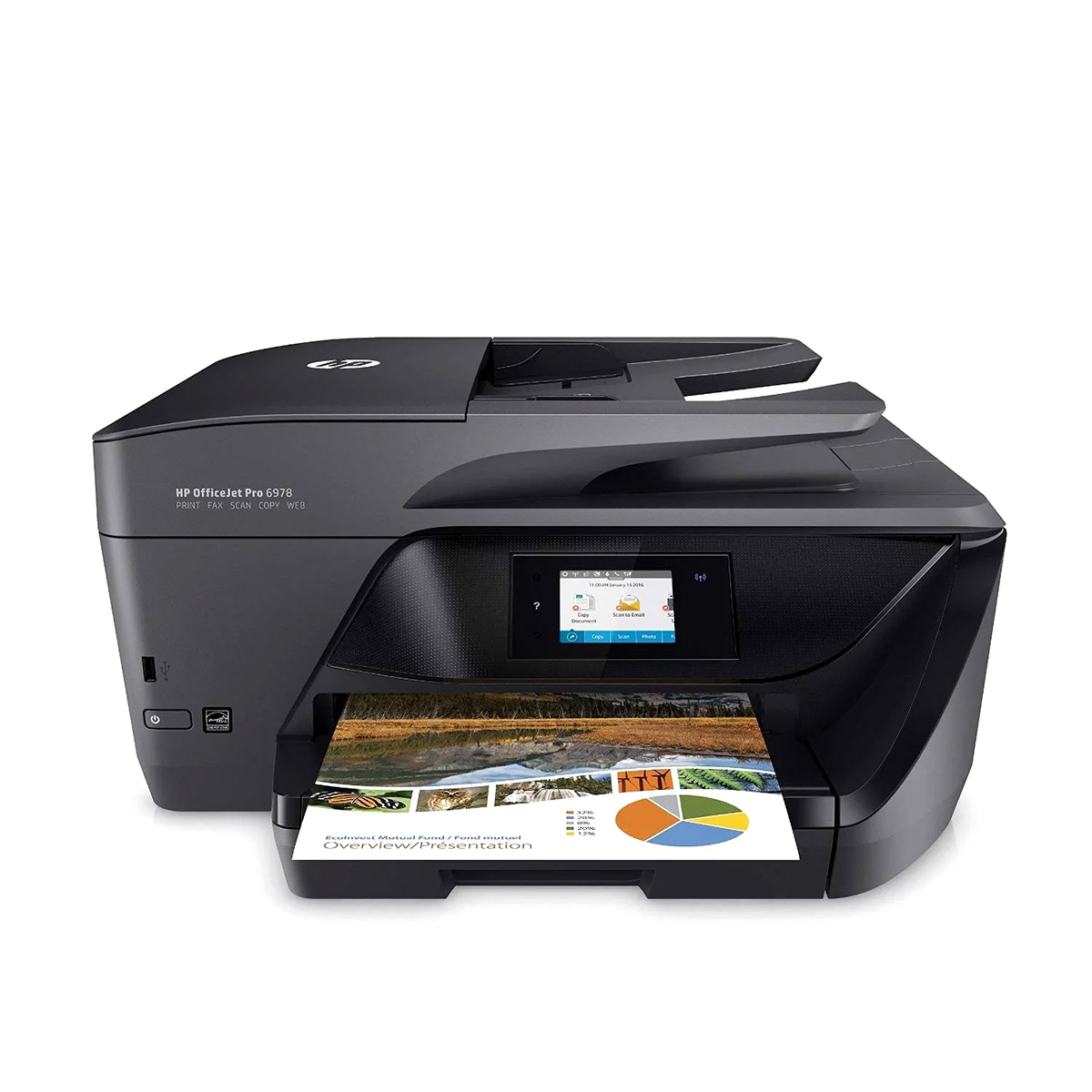
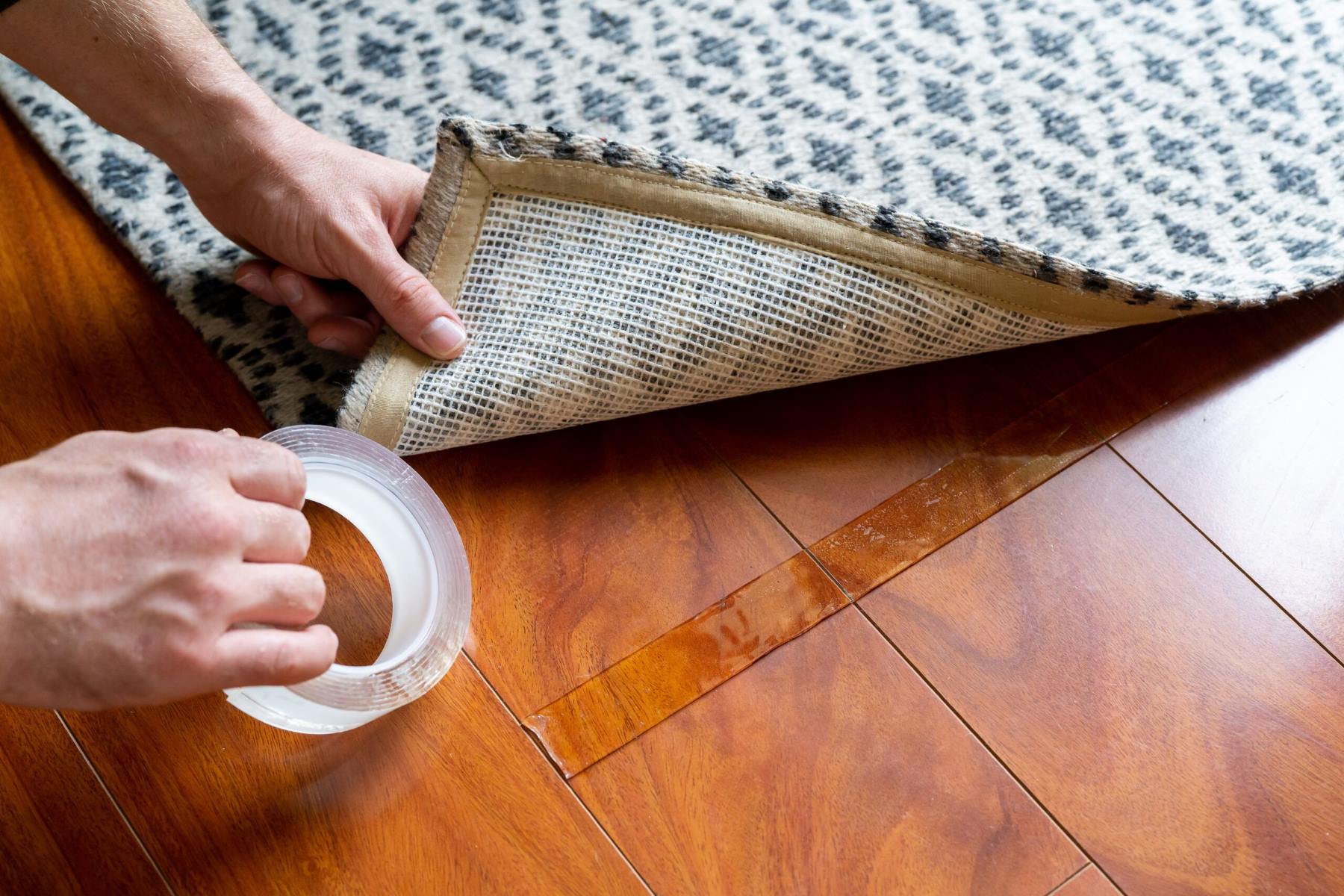
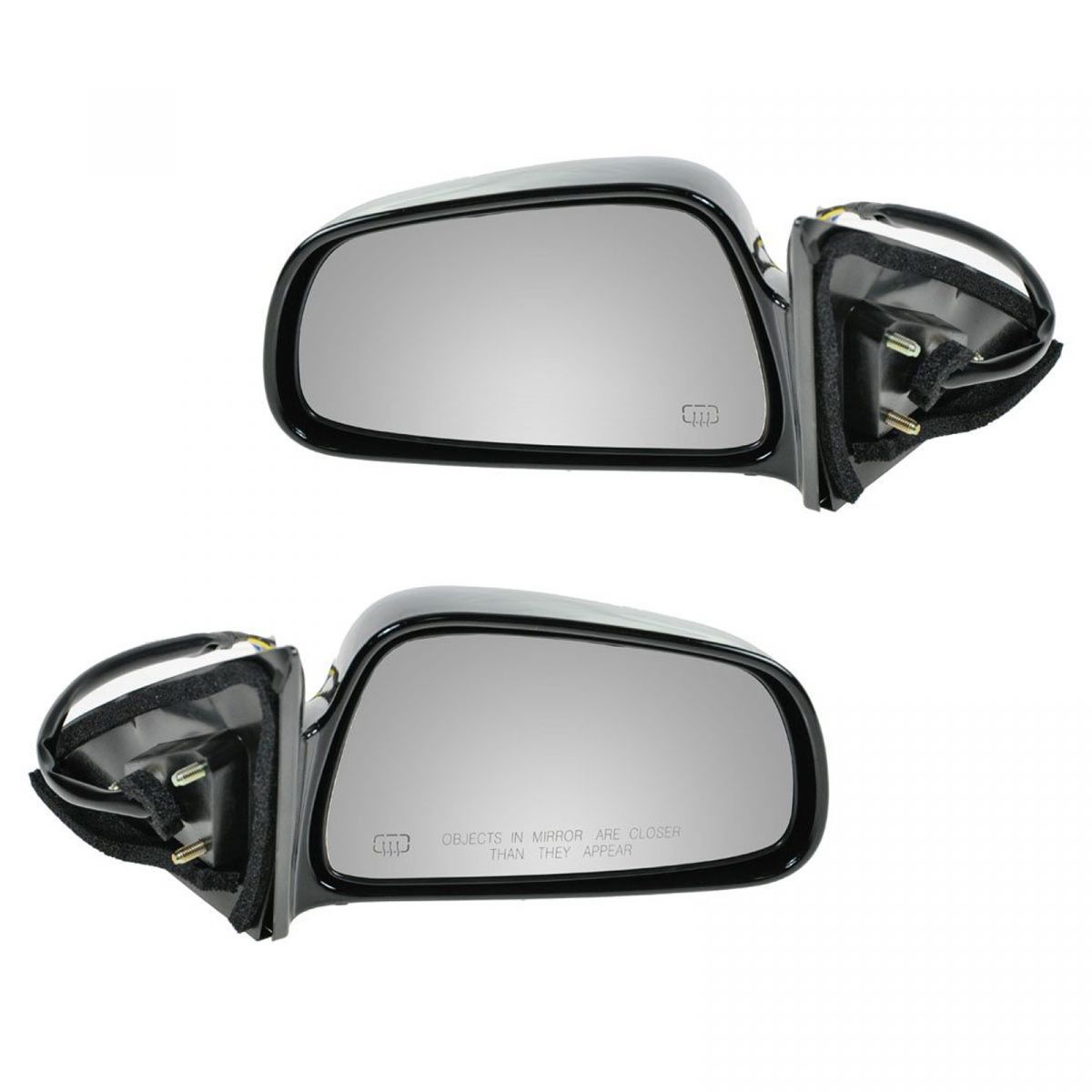

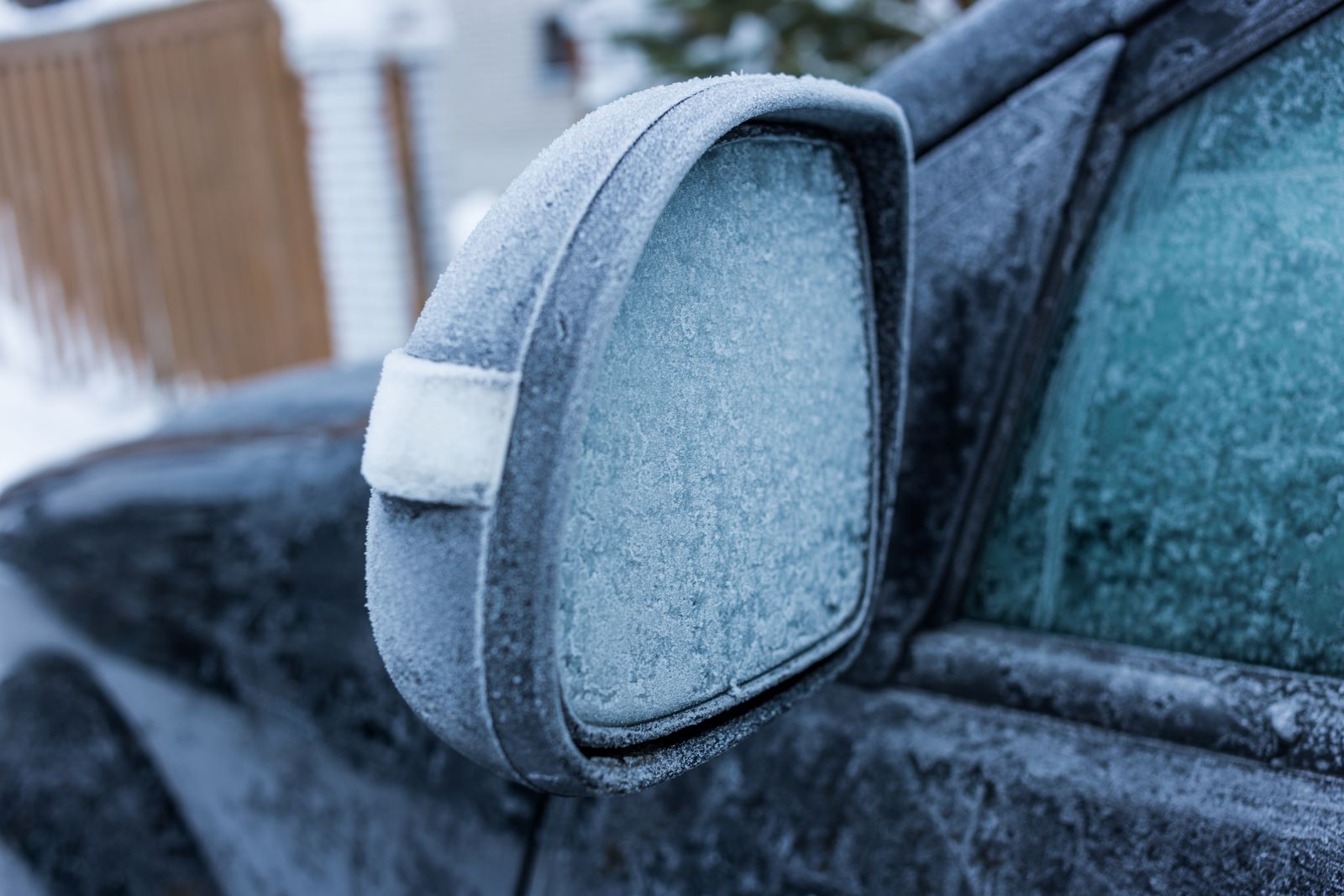
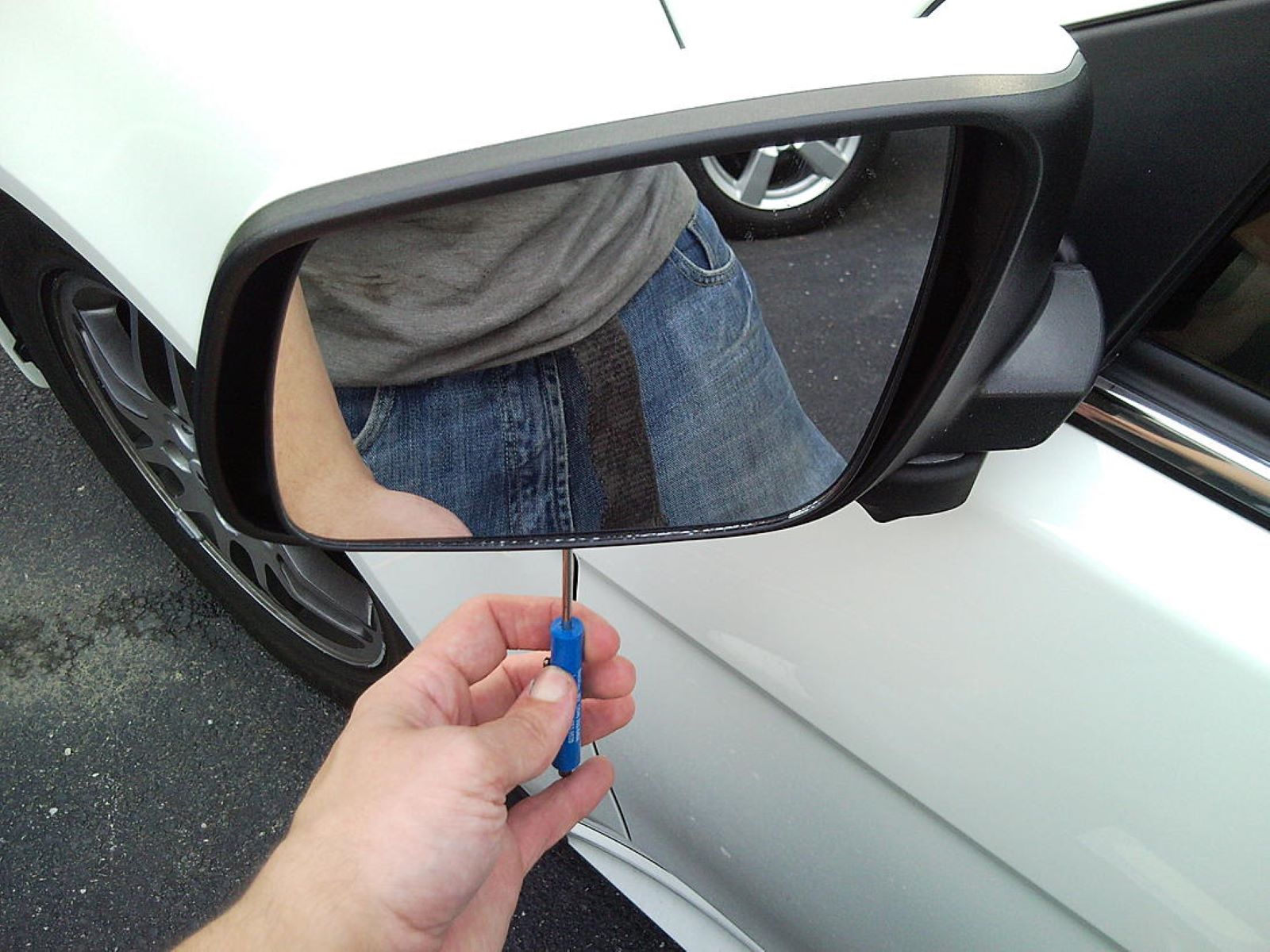
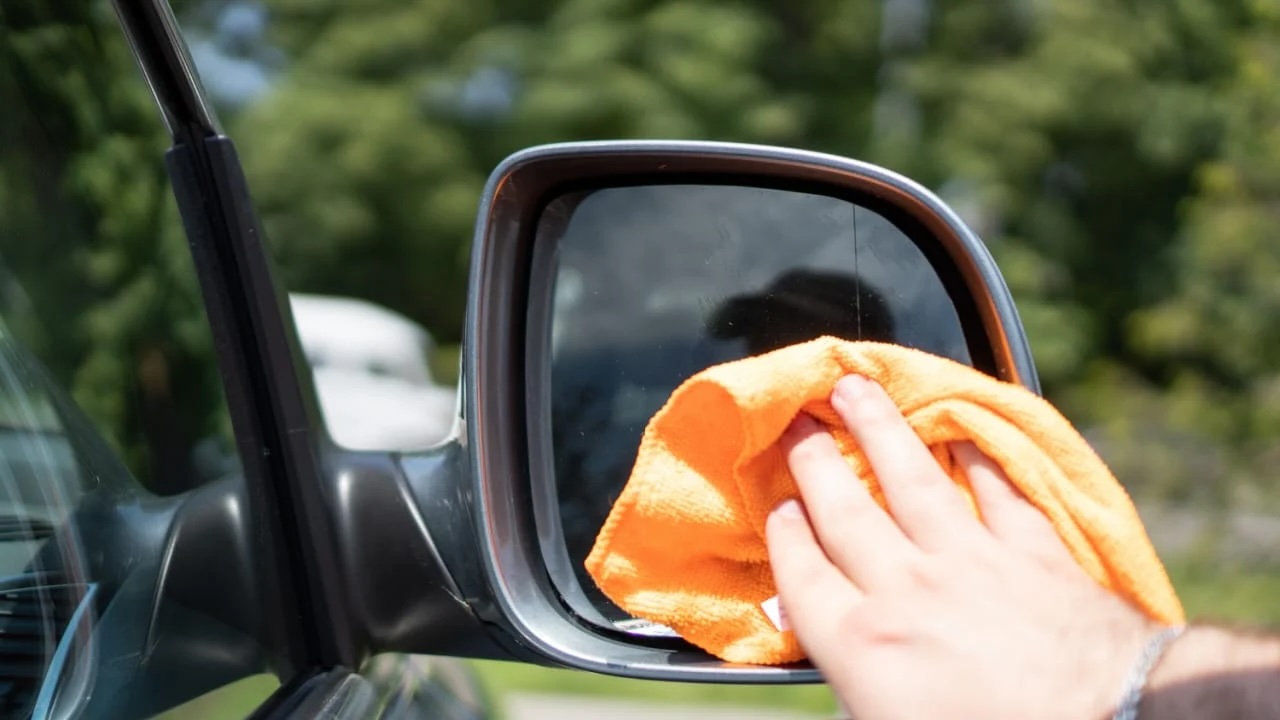

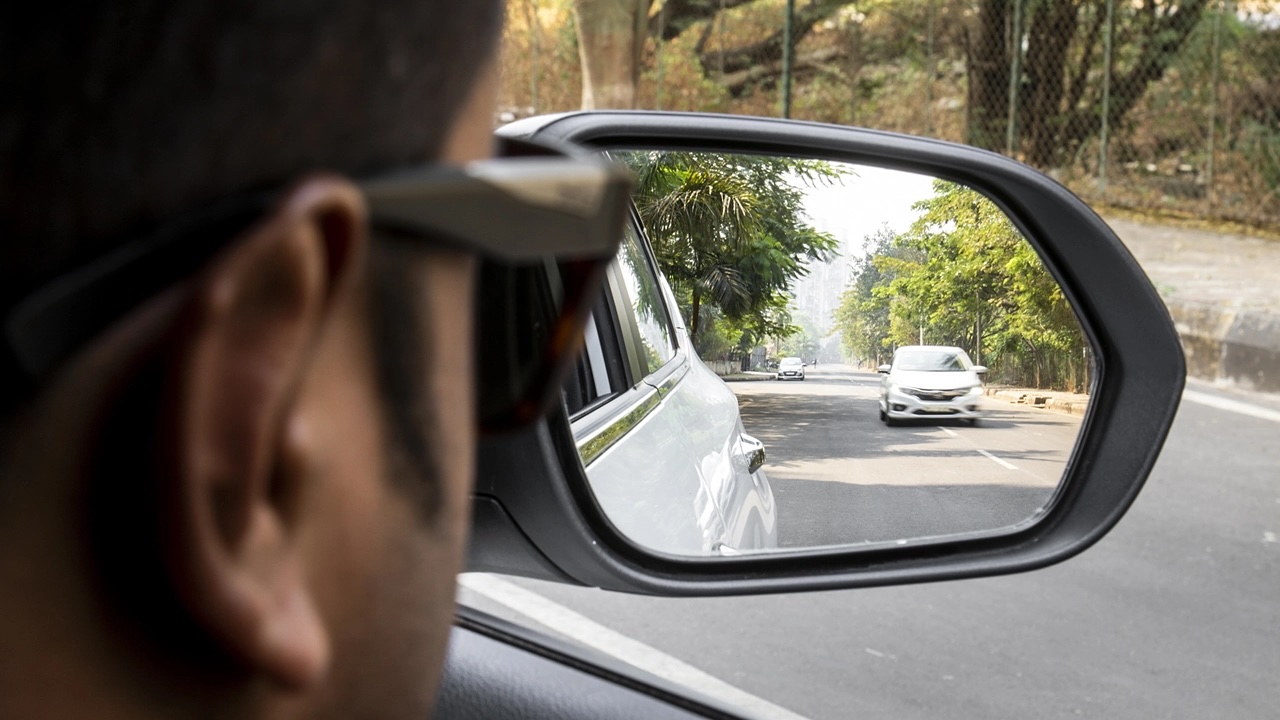


0 thoughts on “How To Check For Double Sided Mirrors”